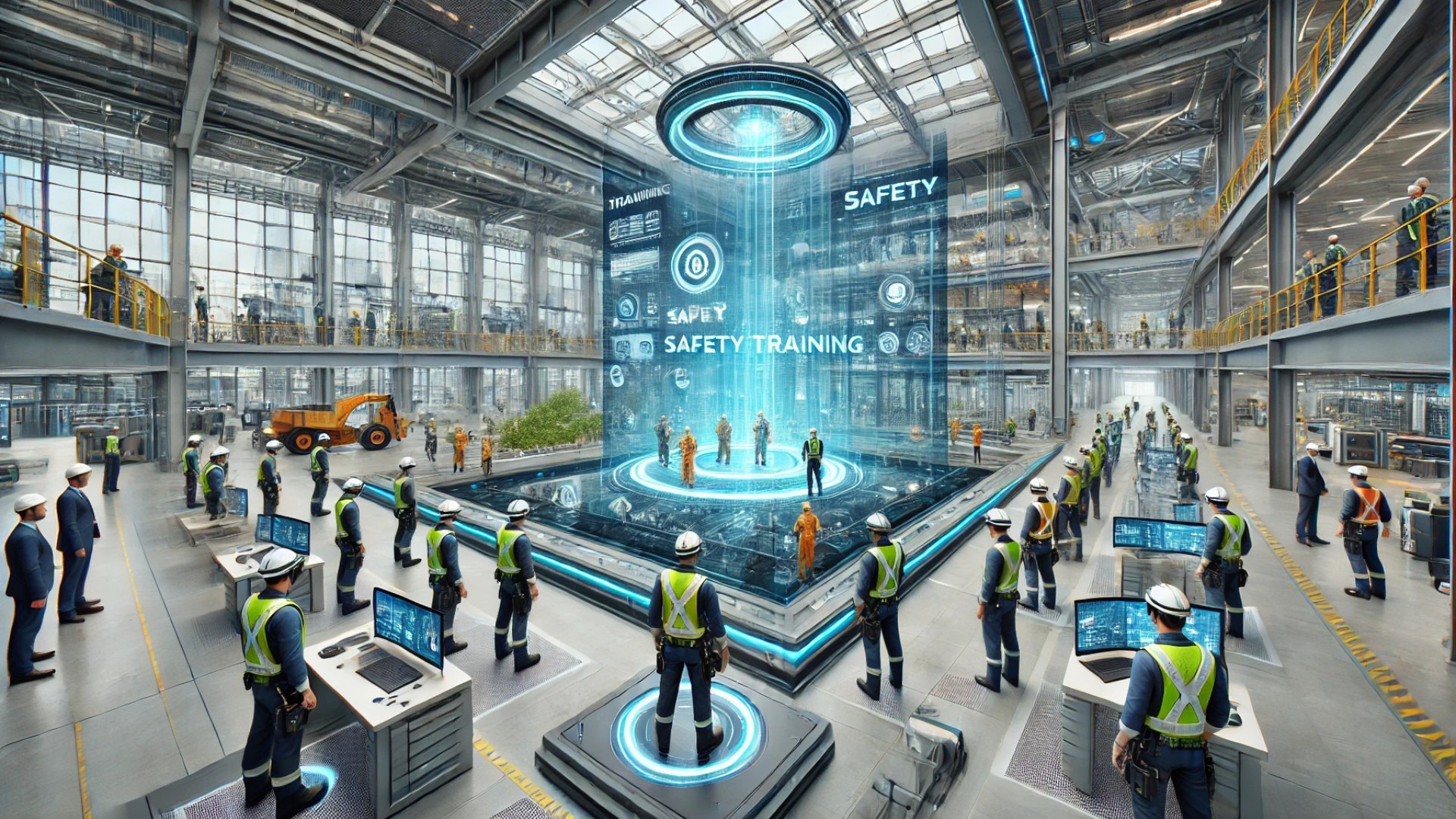
Enhancing Construction Safety Standards
In the fast-paced environment of construction, the need for consistently rigorous safety training cannot be overstated. Recently, a new onsite safety training service has emerged, specifically tailored to improve construction safety, OSHA, and DOT compliance. This initiative addresses the increasing need for effective training methods that go beyond standard protocols and directly engage workers in real-world scenarios.
The Value of Onsite Training
Onsite training simulates actual work conditions, allowing employees to practice safety techniques in an environment where they will need to apply them. This approach offers a definitive advantage over conventional classroom-based instruction, where theoretical knowledge can sometimes fail to resonate in practical settings. According to industry experts, workers often greatly benefit from hands-on experiences that allow them to engage in meaningful practice.
Why Compliance Matters
Ensuring compliance with OSHA and DOT regulations is not just about avoiding penalties; it’s about fostering a culture of safety that protects employees. The financial implications of non-compliance can be staggering, including not only fines but also increased insurance costs and potential lawsuits. By integrating a proactive safety culture through dedicated training programs, companies can significantly lower these risks.
Return on Investment for Safety Training
Investing in quality safety training can lead to substantial returns. Research indicates that for every dollar spent on safety training, employers can expect to see a return of up to $6 in reduced workplace injuries and increased productivity. This ROI underscores the critical importance of proactive safety measures and quality training, as they contribute directly to the overall success of construction projects.
Future Trends in Safety Training
As the construction industry continues to evolve, so too will training methodologies. Emerging technologies, such as virtual reality (VR) and augmented reality (AR), are set to revolutionize training practices. These tools can offer immersive experiences that enhance understanding of safety protocols. The future of safety training lies in integrating these technological advancements to create more engaging and effective learning environments.
Conclusion: A Call for Change
By prioritizing onsite safety training, construction firms not only enhance compliance and protect workers but also strengthen their bottom lines. As the industry adapts to new challenges, the commitment to safety must remain unwavering. Embracing innovative training solutions represents a critical step toward achieving a safer and more efficient construction environment.
 Add Row
Add Row  Add
Add 

 Add Row
Add Row  Add Element
Add Element 




Write A Comment